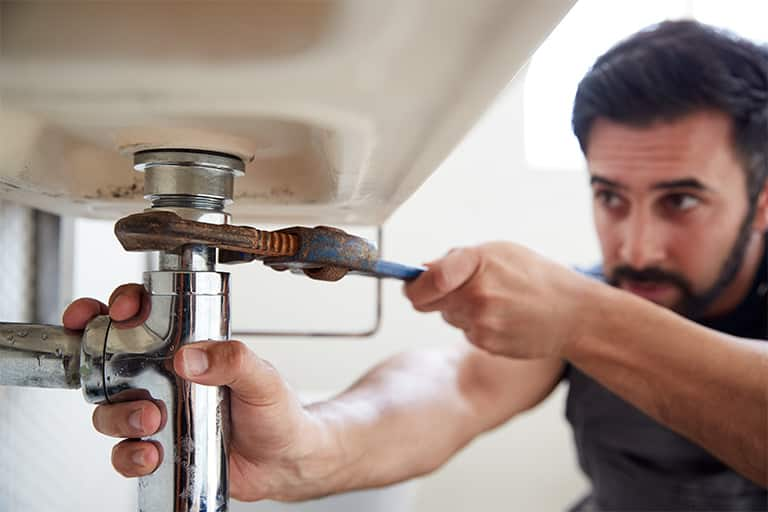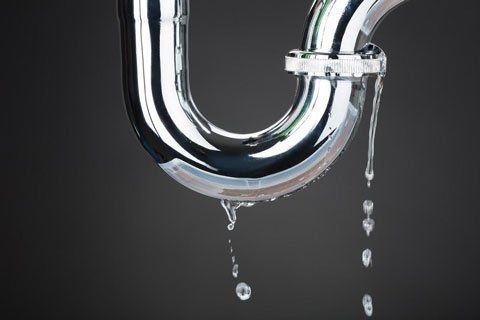6 Ways to Find Surprise Water Leakages in Your Home
6 Ways to Find Surprise Water Leakages in Your Home
Blog Article
Just how do you feel in relation to Locating water leaks?

Early discovery of dripping water lines can reduce a possible catastrophe. Some small water leakages may not be noticeable.
1. Take A Look At the Water Meter
Every house has a water meter. Examining it is a proven manner in which helps you discover leakages. For beginners, shut off all the water resources. Ensure no person will purge, make use of the faucet, shower, run the cleaning device or dishwashing machine. From there, go to the meter and watch if it will change. Since no person is utilizing it, there need to be no motions. If it moves, that indicates a fast-moving leak. If you spot no modifications, wait a hr or two and inspect back once more. This suggests you might have a slow leak that could even be below ground.
2. Check Water Intake
Assess your water bills and track your water consumption. As the one paying it, you need to observe if there are any discrepancies. If you identify sudden changes, in spite of your intake coinciding, it means that you have leakages in your plumbing system. Remember, your water costs ought to drop under the same range each month. A sudden spike in your costs suggests a fast-moving leak.
Meanwhile, a stable boost on a monthly basis, despite the exact same routines, reveals you have a slow-moving leak that's likewise slowly escalating. Call a plumber to thoroughly examine your building, especially if you feel a cozy area on your flooring with piping underneath.
3. Do a Food Coloring Examination
When it comes to water usage, 30% comes from bathrooms. If the color in some way infiltrates your bowl throughout that time without flushing, there's a leak in between the tank and also dish.
4. Asses Outside Lines
Do not fail to remember to inspect your exterior water lines also. Examination spigots by attaching a garden pipe. Ought to water permeate out of the connection, you have a loose rubber gasket. Replace this and guarantee all connections are tight. It will help get it properly checked out and also preserved yearly if you've got a sprinkler system. One little leakage can squander tons of water and also surge your water bill.
5. Examine and Examine the Scenario
Homeowners need to make it a behavior to inspect under the sink counters and also inside cabinets for any kind of bad odor or mold development. These two warnings indicate a leakage so punctual interest is called for. Doing routine examinations, even bi-annually, can save you from a significant problem.
Inspect for stainings as well as weakening as a lot of pipelines and appliances have a life span. If you believe leaking water lines in your plumbing system, do not wait for it to rise.
Early detection of leaking water lines can alleviate a possible disaster. Some tiny water leaks may not be noticeable. Examining it is a proven way that helps you find leaks. One small leakage can lose bunches of water and spike your water bill.
If you suspect leaking water lines in your plumbing system, don't wait for it to escalate.
WARNING SIGNS OF WATER LEAKAGE BEHIND THE WALL
PERSISTENT MUSTY ODORS
As water slowly drips from a leaky pipe inside the wall, flooring and sheetrock stay damp and develop an odor similar to wet cardboard. It generates a musty smell that can help you find hidden leaks.
MOLD IN UNUSUAL AREAS
Mold usually grows in wet areas like kitchens, baths and laundry rooms. If you spot the stuff on walls or baseboards in other rooms of the house, it’s a good indicator of undetected water leaks.
STAINS THAT GROW
When mold thrives around a leaky pipe, it sometimes takes hold on the inside surface of the affected wall. A growing stain on otherwise clean sheetrock is often your sign of a hidden plumbing problem.
PEELING OR BUBBLING WALLPAPER / PAINT
This clue is easy to miss in rooms that don’t get much use. When you see wallpaper separating along seams or paint bubbling or flaking off the wall, blame sheetrock that stays wet because of an undetected leak.
BUCKLED CEILINGS AND STAINED FLOORS
If ceilings or floors in bathrooms, kitchens or laundry areas develop structural problems, don’t rule out constant damp inside the walls. Wet sheetrock can affect adjacent framing, flooring and ceilings.
https://www.servicemasterbyzaba.com/blog/how-to-detect-water-leakage-in-walls/

We had been guided to that report on Finding hidden leaks through an acquaintance on another web property. Enjoyed reading our review? Please share it. Help somebody else check it out. Thank-you for going through it.
Report this page